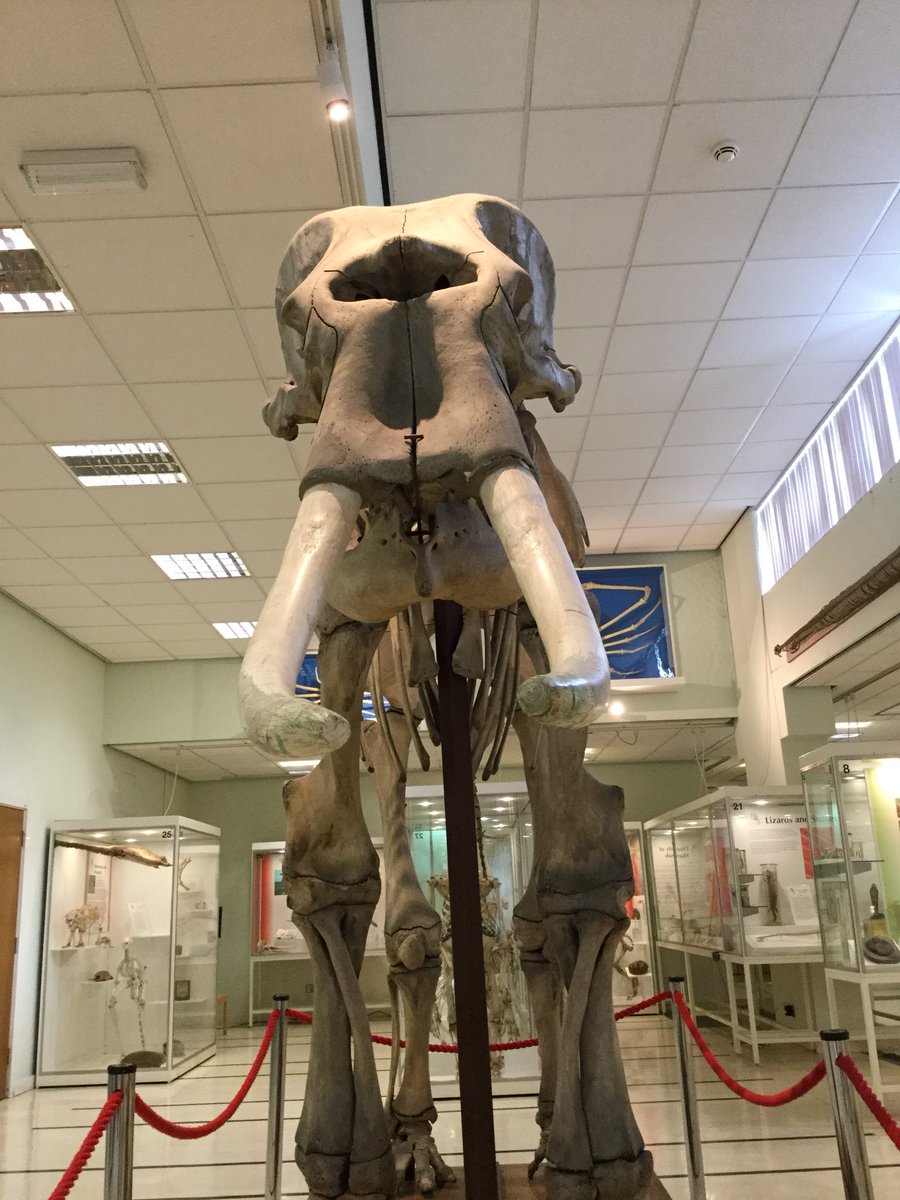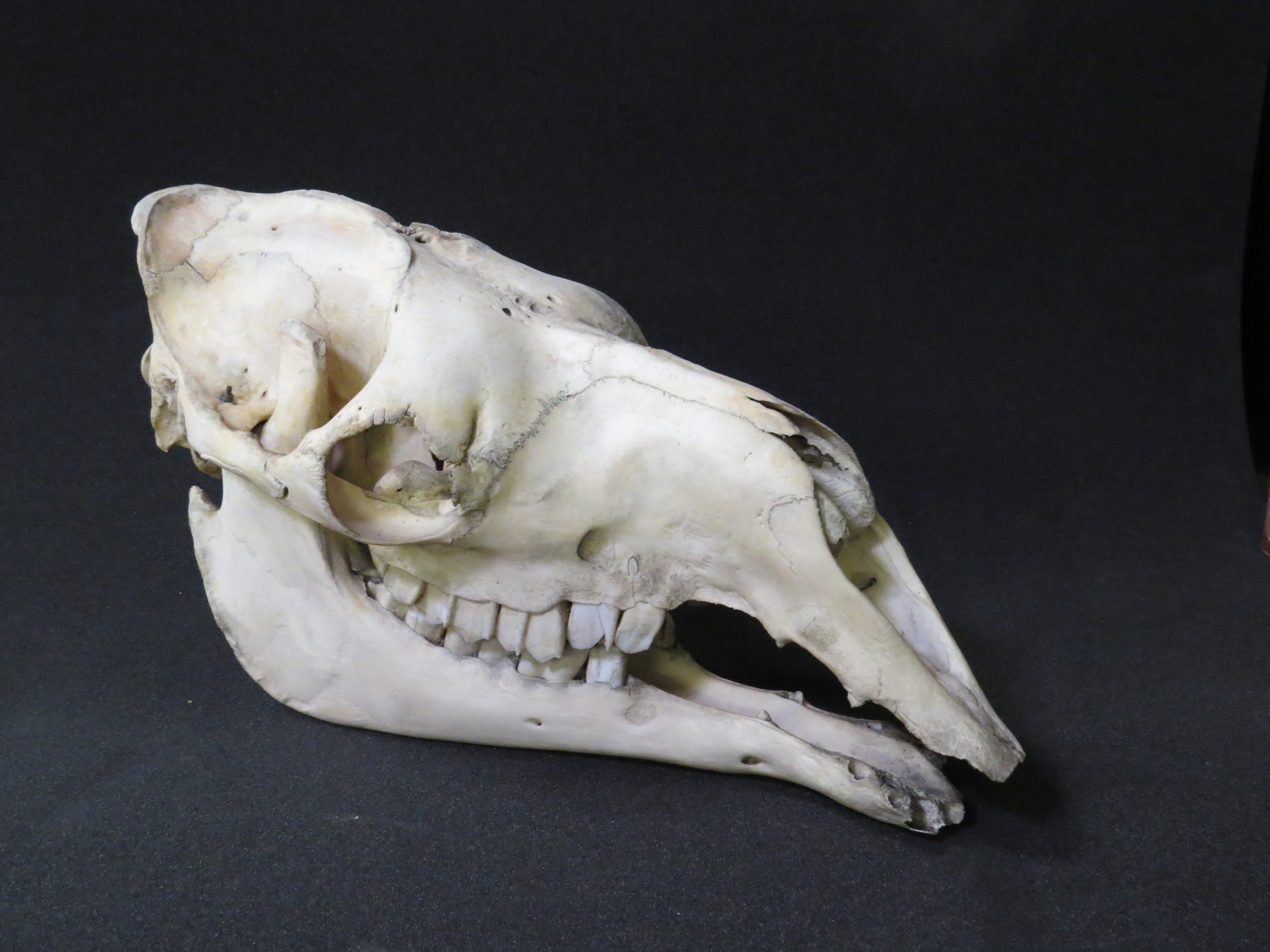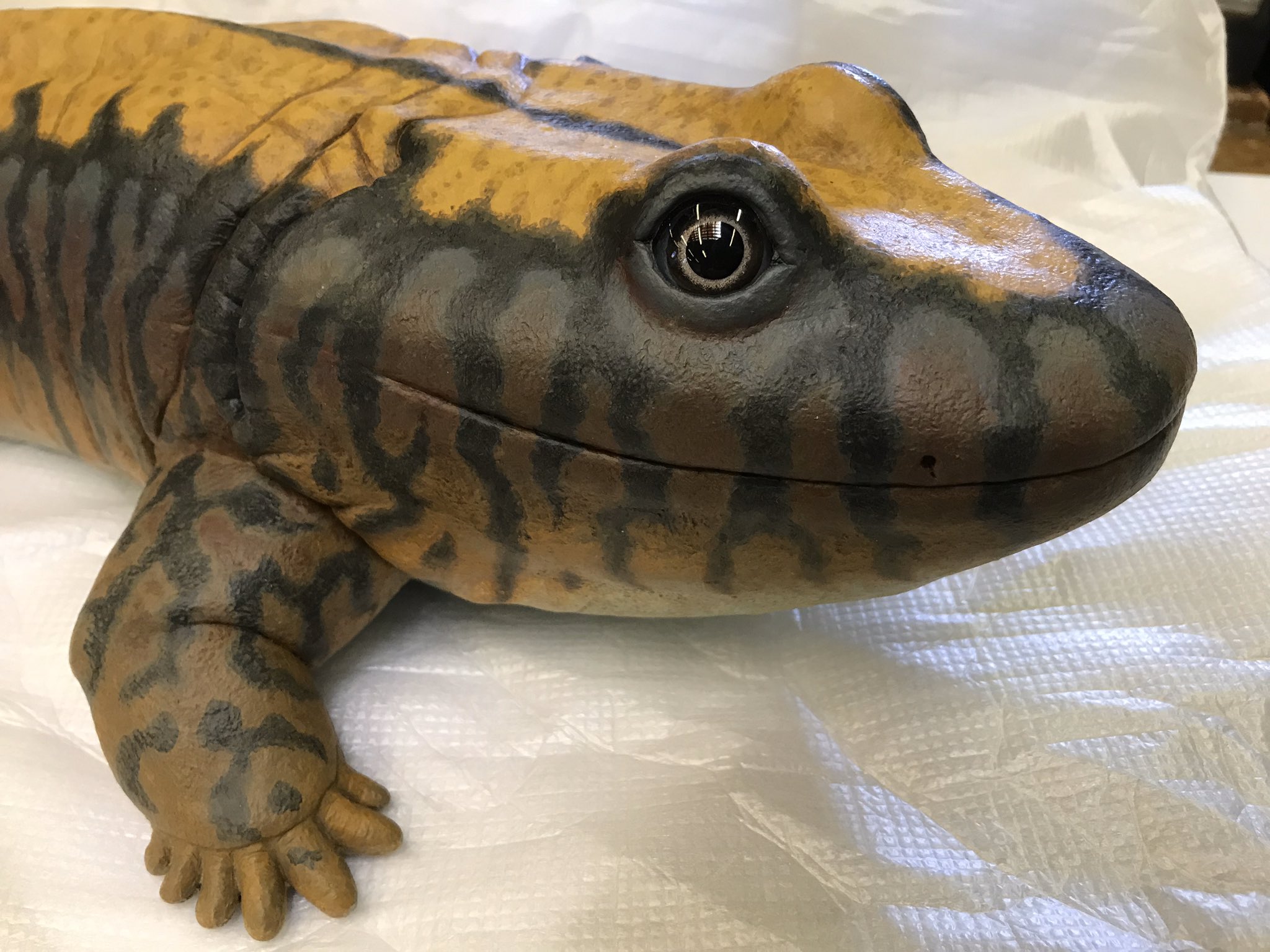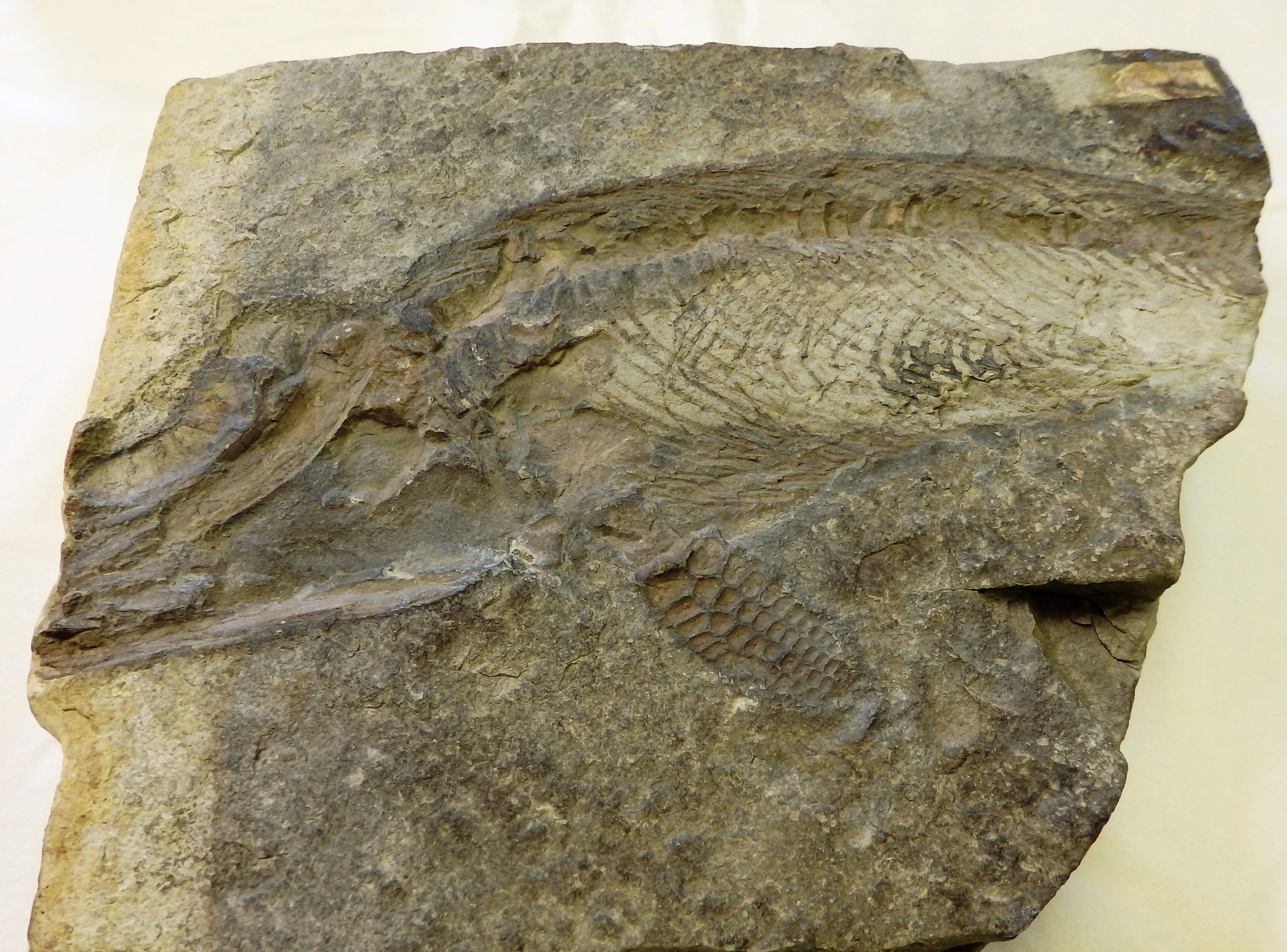Cole Museum Highlights
Introducing some of our flagship specimens who you must meet when you come to visit us!

Asian elephant
Asian elephant Elephus maximus (1150)
Our elephant is affectionately known as Norman. He was part of William Manders’ travelling menagerie in the 19th century. He died, aged 16, from a viral infection and his carcass “in the flesh” was bought by the Liverpool Museum in 1867 for £50. Professor Cole purchased his skeleton from Liverpool in 1931 for £30.

Camel skeleton
Dromedary camel Camelus dromedaries (2062)
This skeleton is a young dromedary camel which was given to Professor Cole in 1929 by Colonel George Kemp Walker of the Indian Civil Veterinary Department who was the assistant bacteriologist to the Indian Government in 1897.
The skeleton is being prepared to go on display in the new museum, to be studied and admired for the first time in several decades!
Dromedaries, which have a single hump, are adapted for life in hot arid deserts. They have long double eyelashes and a nictitating eye membrane to protect the eyes from the sun and sand as well as closable nostrils. The hump allows camels to store fat which is metabolized to provide energy and water.

Archaeopteryx model
This is the most recent model of Archaeopteryx in the world and has been made by palaeoartist Bob Nicholls based on current research. You can watch a video of Bob discussing the development of the archaeopteryx model here.
Archaeopteryx, a theropod dinosaur, was the first bird-like fossil to be discovered. It is not thought to be a direct ancestor of modern birds but rather an off-shoot with a shared ancestor which lived 150 million years ago.
Although many traits found in modern birds were also present in theropod dinosaurs, the main key traits were all present in archaeopteryx. These included flight feathers, furcular (fused wishbone), reduced digits (but not fused), light pneumatic bones, a relatively large brain case and a hallux (reversed first toe).

Kevin the Ichthyostega
Ichthyostega (3228)
Ichthyostega was a late Devonian tetrapod that probably lived in freshwaters. Ichthyostega are thought to have used their limbs for swimming rather than walking since the hind limbs were too weak. The forelimbs were stronger to allow the animal to pull itself along on land, much like a mudskipper does today. Our model was made by Robert Nicholls with guidance from Professor Jenny Clack, Cambridge Zoology Museum. It has affectionately been called Kevin.
Kevin was adopted as the University of Reading’s mascot, and recently received international acclaim in an online World University Mascot competition. He is the 3rd most popular university mascot in the world, and Number 1 in England!

Neonate protoichthyosaur fossil
This is the only known fossil of a newborn Protoichthyosaur in the world.
It was identified by University of Reading BSc Zoology student Rashmi Mistry whilst researching our fossil collection during her undergraduate thesis. Ichthyosaurs were large, highly specialised marine reptiles that lived between 90 and 250 million years ago.
Read the University’s press release on our student’s incredible discovery!

Suspended false killer whale
False killer whale Pseudorca crassidens (2529)
Our only ceiling-suspended specimen is the impressive skeleton of a male false killer whale (a type of dolphin) that was stranded in Dornoch Firth in 1927 along with 130 others. ‘Crassidens’ means thick-toothed and refers to the large conical teeth. False killer whales are highly sociable dolphins with strong family ties and friendships. This trait may provide answers as to why mass strandings occur, with dolphins rushing to the aid of stranded friends. Note the small bones hanging from the rear of the skeleton on wires. These are the remnants of the pelvis which reduced in cetaceans as they adapted to ocean life.
In the new museum, our false killer whale will be suspended over the café area, watching over you as you sip a coffee or have lunch with us.